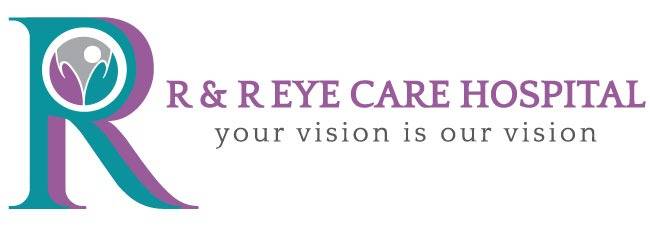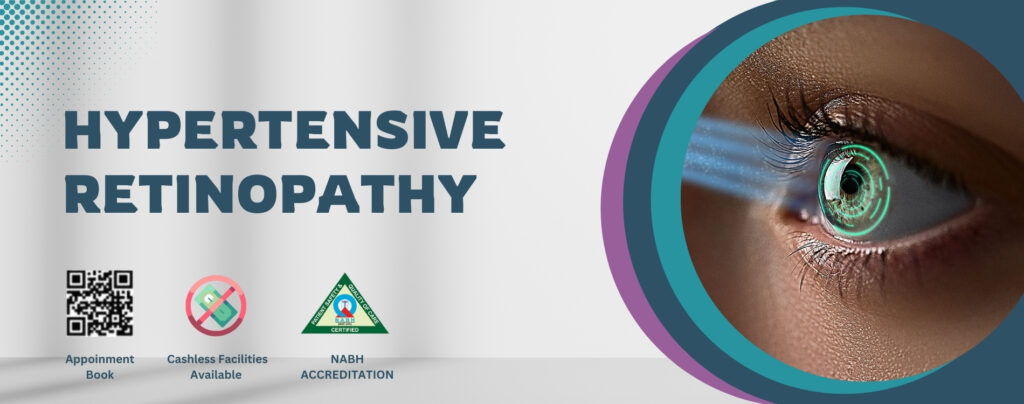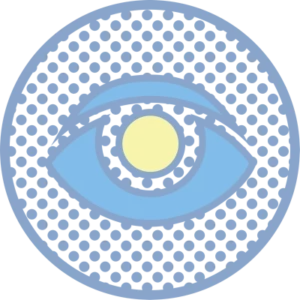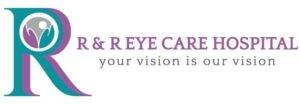Categories
PATIENT EDUCATION A normal person or an Emmetrope sees well because rays from the outside world fall exactly on the light sensitive retina allowing them to see sharp and clear images of the world. In people with refractive error (or poor vision, such as nearsightedness or farsightedness), the light rays do not get focused on to the retina and blurred images are formed.
